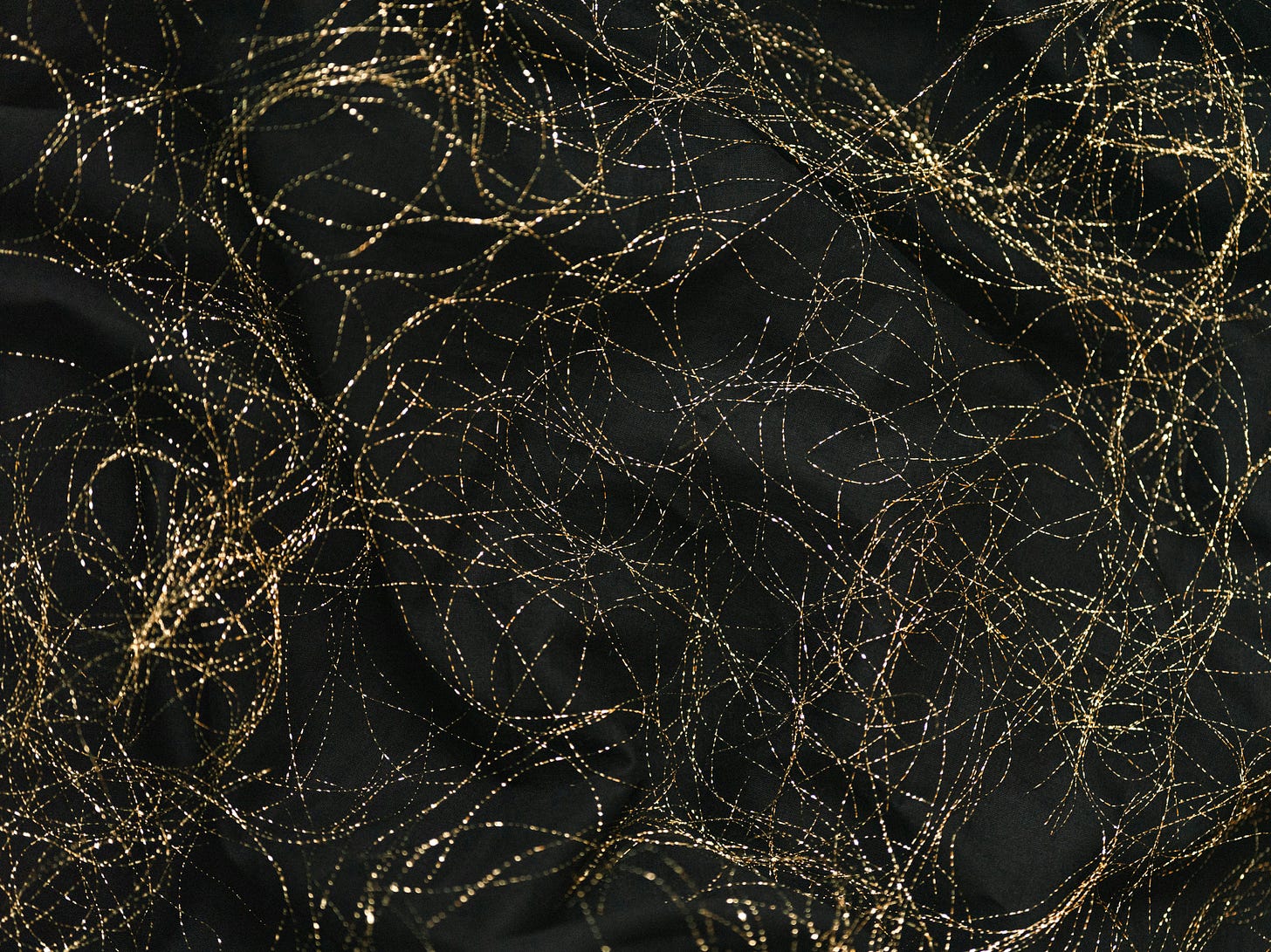Balancing Order and Disorder in Organizations
Complexity, Disorder, and Order.
According to Morin (2008), complexity is linked to an intimate combination of order and disorder. Morin (2008) might have more directly said that complexity is related to a balance of order and disorder. Not a balance on a tightrope or a knife’s edge, but a thicker, wider balance with space to accommodate change before any kind of considerable transition to a bordering state occurs. Nonetheless, Morin (2008) writes that “order and disorder are two enemies: one abolishes the other, but at the same time, in certain cases, they collaborate and produce organization and complexity” (p.49). If complexity’s mixture of order and disorder becomes dominated by disorder and unstable, void of local patterns, inhospitable to structures forming, and moving at a high rate of speed, the complex has become chaotic.
If the mixture of disorder and order were to become primarily orderly and overrun disorder with solid, rigid structures, order would exist where there was once complexity.
In organizations managed as complex systems, care and sensitivity must be exercised to keep the combination of order and disorder within the bordering states of order and chaos, and perhaps ideally more toward the middle. Every activity, formal and informal, within an organization, enacting Cilliers’ (1998) characteristics of complex systems or other ideas, can change the balance to be less or more orderly. If the goal is an organization as a complex system, part of achieving a balance between order and disorder is an appropriate mix of enabling and governing constraints that do not over- or under-constrain the system. By over-constraining the system, the number of possibilities that the system can adopt is reduced far enough that the system becomes ordered. If the system is under-constrained and too many possibilities are introduced, it becomes chaotic (Juarrero, 2023).
Order is defined by Morin (2008) as “everything that is repetition, constant, invariant, everything that can be put under the aegis of a highly probable relation, framed with the dependence of law” (p.62). On the other hand, disorder “refers to everything that is irregularity, deviation as regards a certain structure, random, unpredictability” (p.63). Morin (2008) observes that in a world dominated by order, there would not be any creation or innovation. At the same time, in a world of disorder, there would be no stability upon which an organization could be founded (Morin, 2008). Of course, organizations need both order and disorder. In fact, while discussing disorder, Morin (1992) describes its importance.
Disorder is active everywhere. It permits (fluctuations), nourishes (encounters) the constitution and the development of organized phenomena. It co-organizes and disorganizes alternately and simultaneously. All becoming is marked by disorder: ruptures, schisms, deviances are conditions of creation, birth, morphogenesis (p.72).
Morin’s (2008) definitions of order and disorder add depth and detail to the ongoing conversation of order and disorder in organizations. Layering on top of common conceptions of disorder, the term now also means irregularity, unpredictability, and deviation from a structure, while order is also invariant, constant, and repetition. To add to the earlier discussion of over- and under-constraining a complex system, managers who seek organizations as complex systems must be sensitive to how much repetition and invariance that is being added into the system through new strategies, policies, plans, and management styles that can overpower needed disorder with order. On the other hand, there must be an awareness of how much unpredictability and irregularity are being added to the system and overwhelming the stabilizing order needed to make an organization possible, while still enabling a degree of disorder that makes creation, innovation, and liberty possible before transitioning to chaos (Morin, 1992; Morin, 2008).
Morin (2008) is correct that organizations need both order and disorder. As this post argues, there needs to be a dynamic balance that maintains the organization’s complexity while allowing it to temporarily waver one way or the other and back again, while spending most of the time in the middle, in the complex. If there is to be an adoption of complex systems as organizations, beyond the positive local signs, the ability to maintain a dynamic balance between order and disorder will be high on the list of necessary competencies.
References
Cilliers, P. (1998). Complexity & postmodernism: Understanding complex systems. London: Routledge.
Juarrero, A. (2023). Context changes everything: How constraints create change. Cambridge, MA: The MIT Press.
Morin, E. (2008). On complexity. (R. Postel, Trans.) Cresskill, NJ: Hampton Press.
Morin, E. (1992). Method: toward a study of humankind: the nature of nature (Vol. 1). (B. J.L. Roland, Trans.) New York, NY: Peter Lang.


